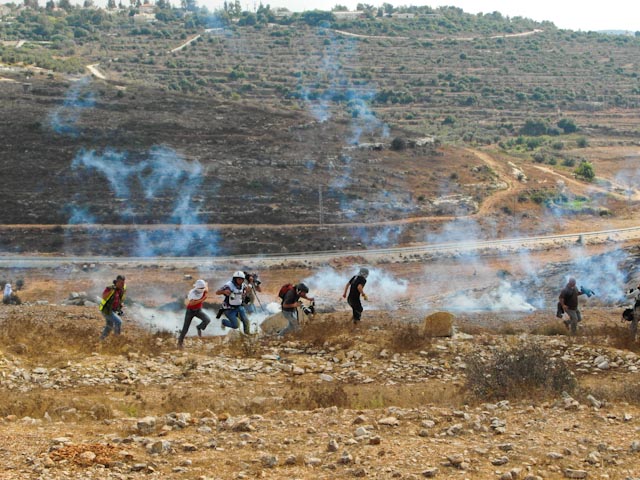Tag: Demonstration
-
Teenager Injured By Tear Gas Canister at Weekly Protest in Nabi Saleh
By: Naseem Roberts 06 October 2012 | International Solidarity Movement, West Bank
-
Update: ‘They are not the same as you’ – detention continues for Kufr Qaddoum prisoners
By Ben Greene, Ellie Marton, and Anna Conroy 17 October 2012 | International Solidarity Movement, West Bank On Monday 15th October, Palestinian political prisoners Majd and Abdulateef Obeid appeared before a military court for a third time. Their lawyer argued that, as four international activists arrested at the same time with the same evidence had…
-
Letter from International Activist Under House Arrest in Israel Asking for Support and Solidarity
September 25, 2012 Dear Friends of Palestine, I am writing to you from an apartment in Tel Aviv where I am under house arrest for standing in solidarity with Palestinians fighting a twelve-year road closure in their West Bank town of Kufr Qeddoum. This weekend, I spent forty eight hours in Israeli prisons. I was…

